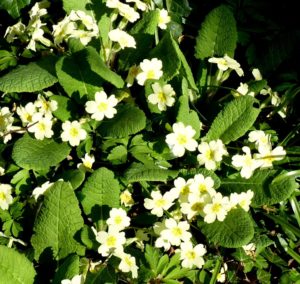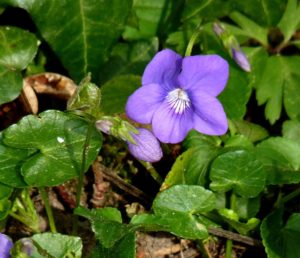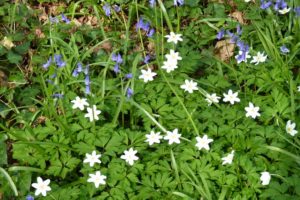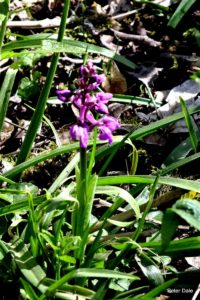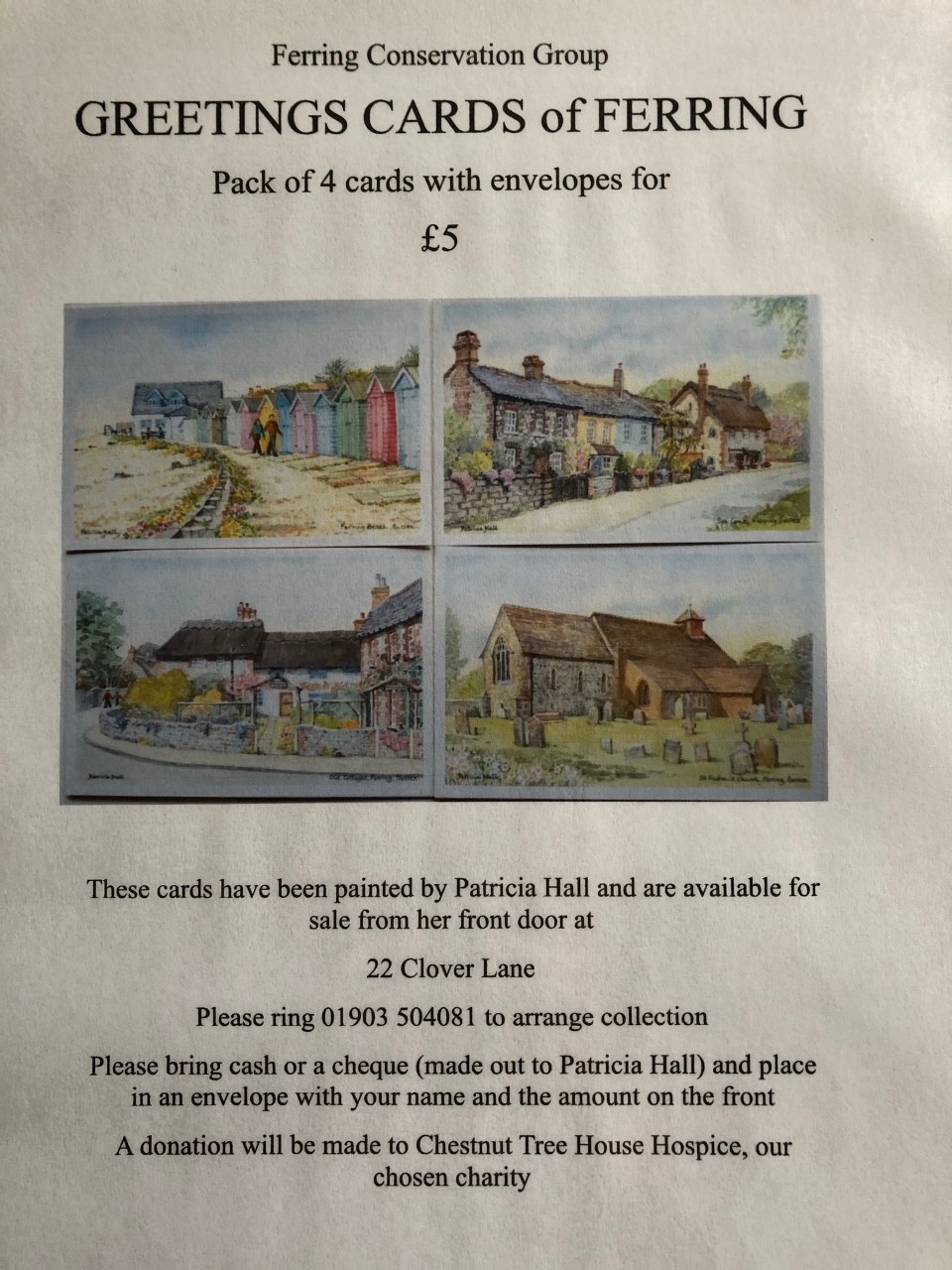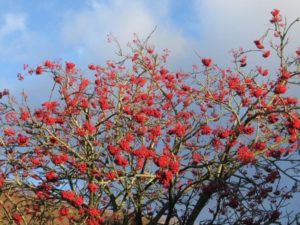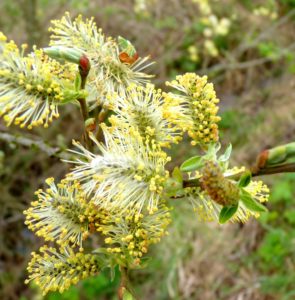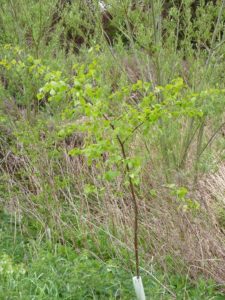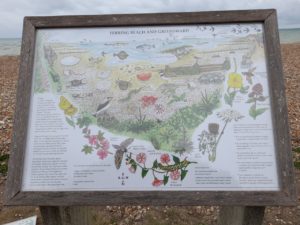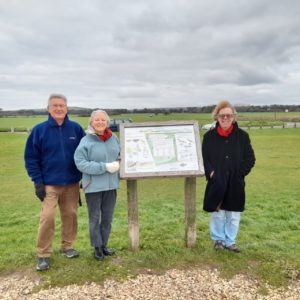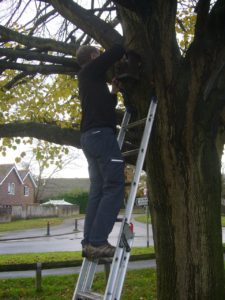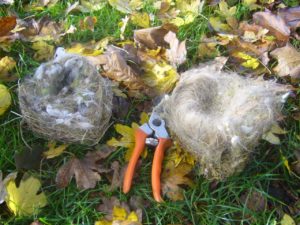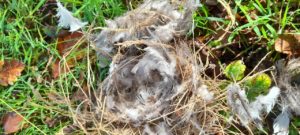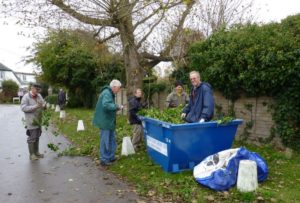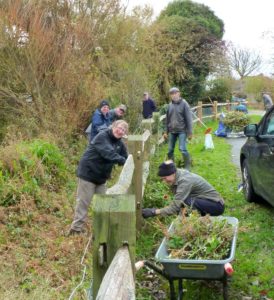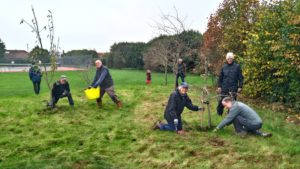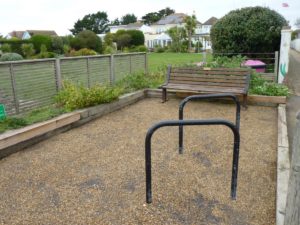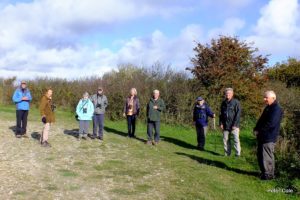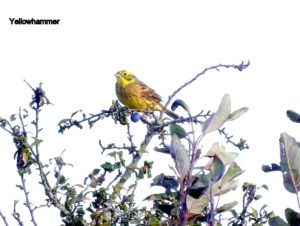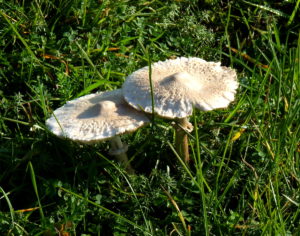Due to Government restrictions Ferring Conservation Group had to move their usual April monthly Group meeting online.
Chairman, David Bettiss opened the meeting and welcomed Dr Tony Whitbread, President of the Sussex Wildlife Trust (SWT) who gave a thought provoking and informative talk challenging the issues faced by nature in the 21st century. Dr Whitbread who retired as Chief Executive of SWT has recently returned to take a leading role as the Trust’s President.
To an attendance of over 30 members Dr Whitbread noted that while the human race was locked up in their rooms like naughty teenagers because of the pandemic, the natural world had flourished; the birds seemed to be singing louder, butterflies were plentiful and the sky seemed bluer with less air pollution. As towns and cities around the world lay in lockdown some animals took advantage of the situation. There were for example reports of goats in the gardens of Wales to penguins in the streets of South Africa. Therefore should we be asking ‘Has nature really blossomed or is it that humans have had the opportunity to observe it in all its wonder’?
Whilst it is generally true that human activity is damaging the environment this negative view is not always the case. Conservation Management, sensitive farming, sustainable forestry as well as gardening and looking after community green spaces are all positive interactions. Dr Whitbread posed the question that if nature is left alone aren’t we just rewilding? Apparently the rebuilding of natural systems and then encouraging it to lookj after itself is not the same as abandonment.
The major worry is that we should not have to wait for a pandemic to allow nature to recover.
David Attenborough gave us the alarming fact that currently 96% of mammals are either human or our livestock – only 4% make up all other mammals.
It is estimated that between 2 and 4 new viruses appear every year as nature has been pushed into its last corners. Whether it is in industrial farms, our destruction of ecosystems or in animal markets these diseases are increasingly crossing the species barriers and infecting humans. Unfortunately pandemics are a repercussion of our destruction of nature and they may now become a long-term feature of our lives unless we change our ways.
Dr Whitbread gave the warning that after we come out of Lockdown our new normal must be different and this is the main challenge to humanity for the foreseeable future. For this to happen we must firstly change our values. We must move away from consumerism and all that it encompasses and adopt higher values where society, empathy, helping and sharing become intrinsic, and our natural assets are cared for. We will need a carbon neutral, zero waste society and this will mean a significant growth in localism, becoming closer to our local place and to our local wildlife.
Having had the time and space to think about our environmental bad behaviour over the last decades we must now turn our full attention to leaving the ‘spoilt brat’ economy behind us. Dr Whitbread empathised that we go back to the old normal at our peril and one of the fundamental ways to make a difference is in the empowerment of women.
https://1drv.ms/v/s!Ao7-AMX6cu_Xg5IRFFE7lJoNBTsSwQ

